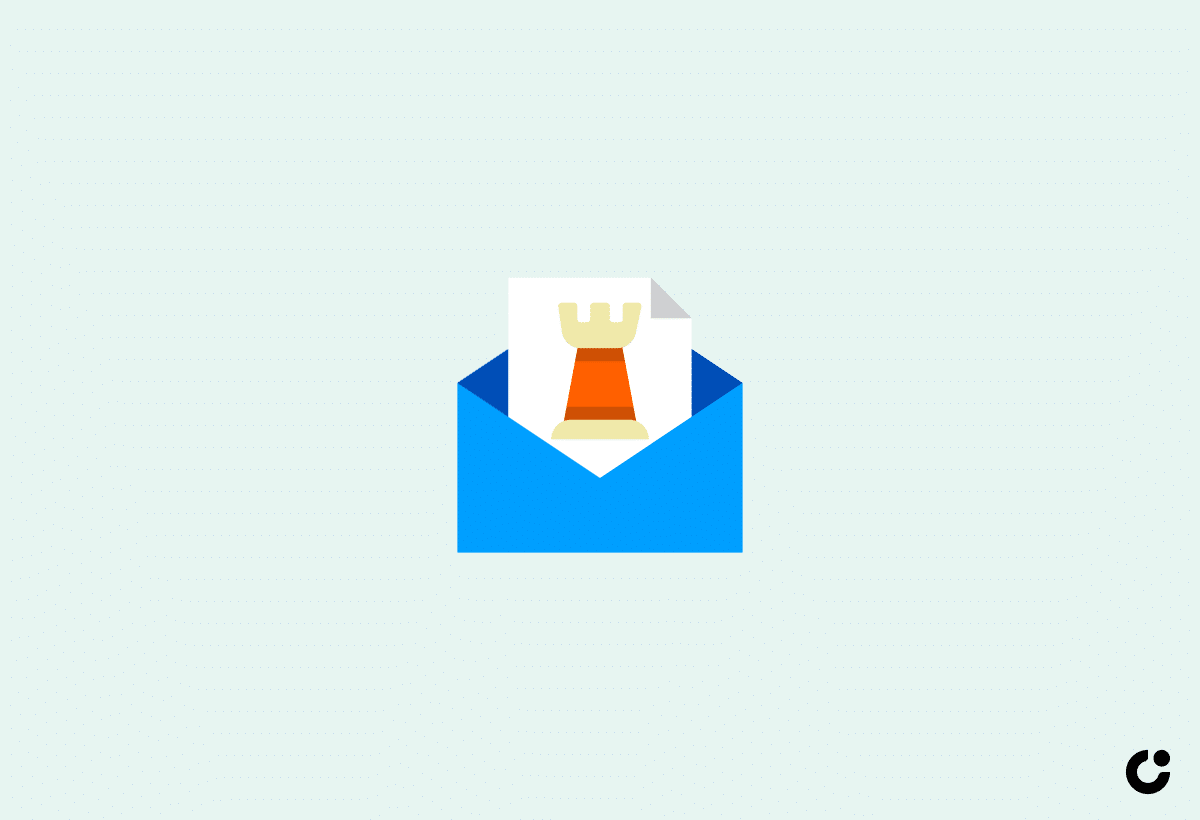Are your follow-up emails falling flat? With the right strategy, you can maximize the impact of your sales email after voicemail. In this guide, we’ll explore eight expert strategies to help you craft compelling follow-up emails that will increase response rates and engagement.
Key Takeaways
- Craft personalized follow-up emails with an engaging subject line and concise content.
- Balance professionalism with personality in your messages, expressing urgency without pressure.
- Tailor case studies to the prospect’s industry and leverage social proof for increased engagement.
Crafting the Perfect Follow-Up Email After a Voicemail

The perfect follow up sales email after a voicemail can make all the difference in your sales process. Serving as an additional point of contact, it boosts your call-back rates, particularly when adapted to suit the prospect’s needs using follow up email templates.
An artfully designed subject line coupled with brief content are vital in making a lasting impression and capturing the prospect’s attention.
The Ideal Timing for Your Follow-Up Message
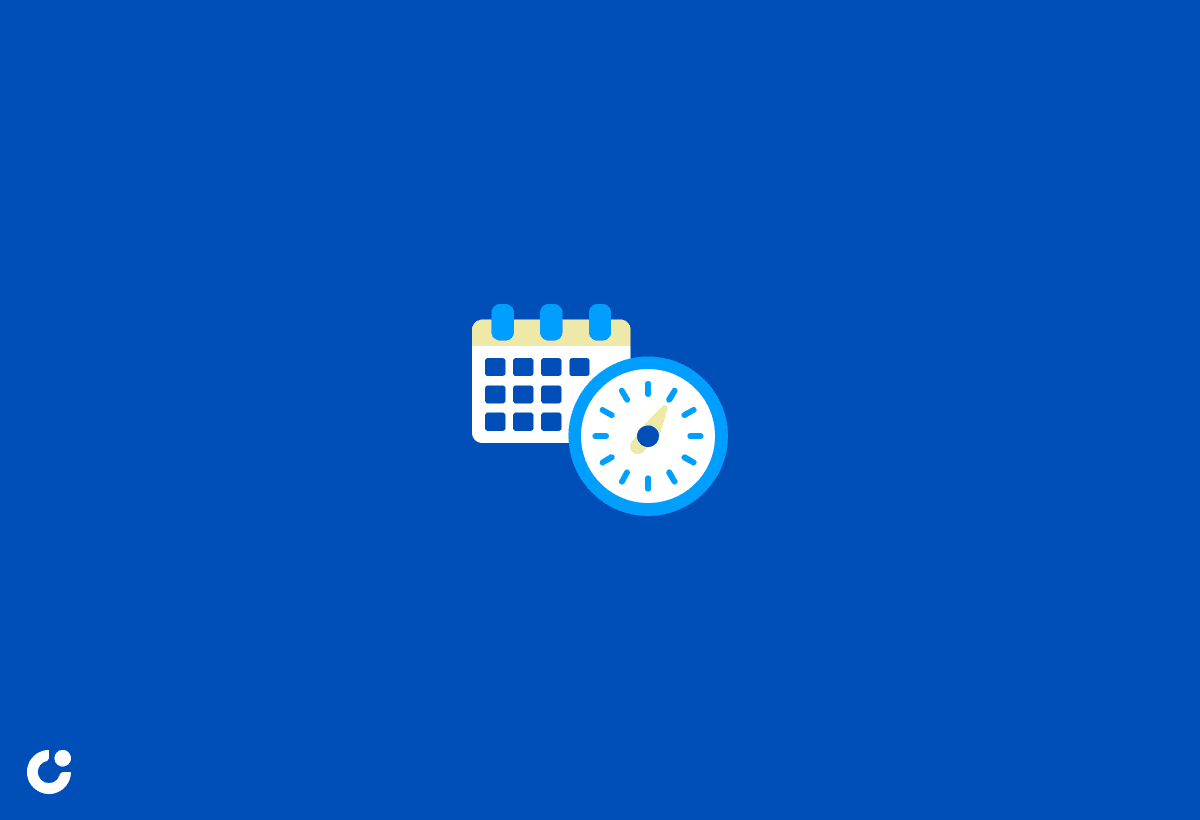
Accurate timing is the key to success when it comes to a follow-up email. Timely message delivery is of utmost importance. Finding the best time to send your follow-up message is key in avoiding the perception of over eagerness. You want to strike a balance between giving the prospect enough time to receive and process your voicemail, while still keeping your offer fresh in their mind.
Make sure you include the name of the individual who provided the referral and how your company can provide a viable solution, and propose a specific time to discuss further, ensuring your email subject line aligns with your follow-up email’s intent.
Crafting a Compelling Subject Line

An attention-grabbing subject line is key to increasing your email open rates. Utilize engaging subject lines like “You’re busy, but can you spare five minutes?” or “[Your company] and [their company] – can we work together?”. Crafting a subject line that captures attention and encourages curiosity can make all the difference in getting your prospect to read your follow-up email.
Keep in mind, your subject line significantly influences the tone for the remainder of your email, so choosing the right email templates is crucial.
Structuring Your Email for Maximum Engagement
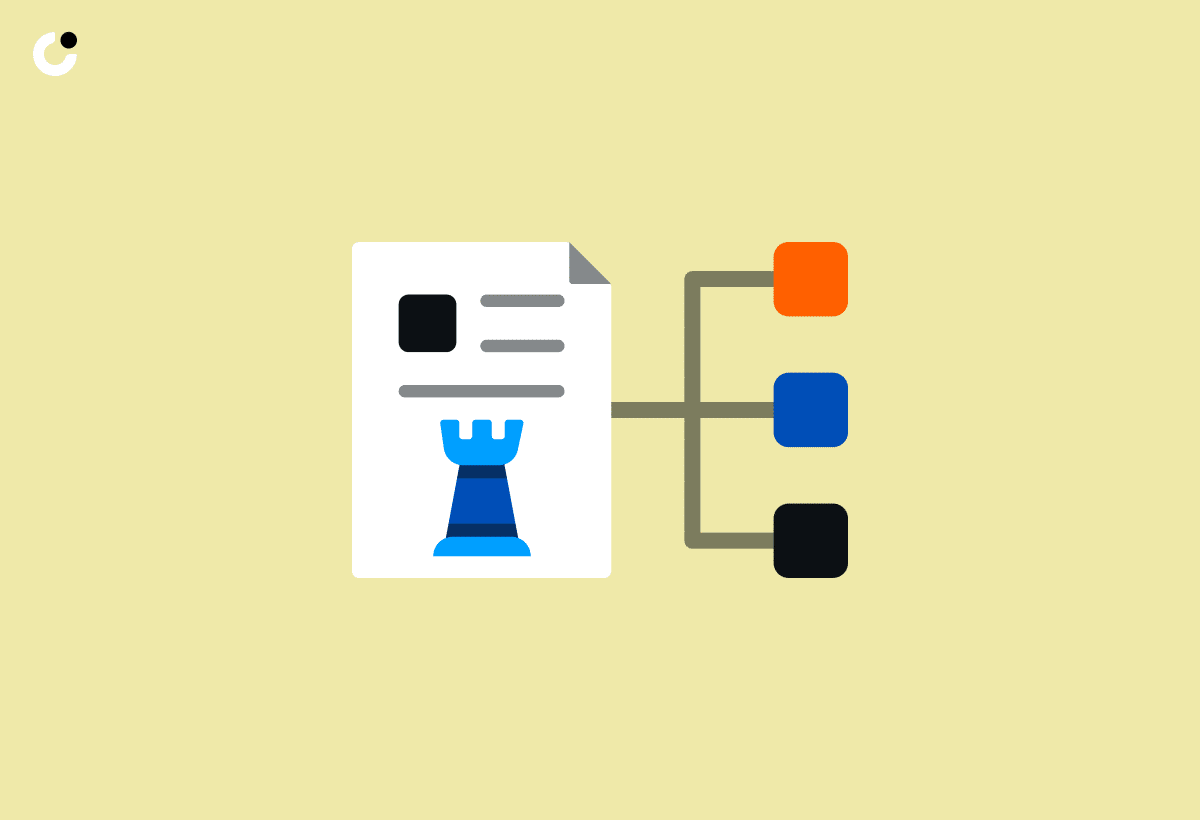
To ensure optimal readability and engagement, structure your follow-up email with brief paragraphs, bullet points, and a concise call-to-action. Keep the message succinct and avoid reiterating the voicemail, as the prospect should be able to comprehend your message within twenty seconds.
By clearly conveying your value proposition and suggesting next steps, your follow-up email will effectively guide the prospect towards the desired outcome, and a well-crafted follow up email sequence can further enhance this process.
Establishing the Right Tone in Your Sales Follow-Ups
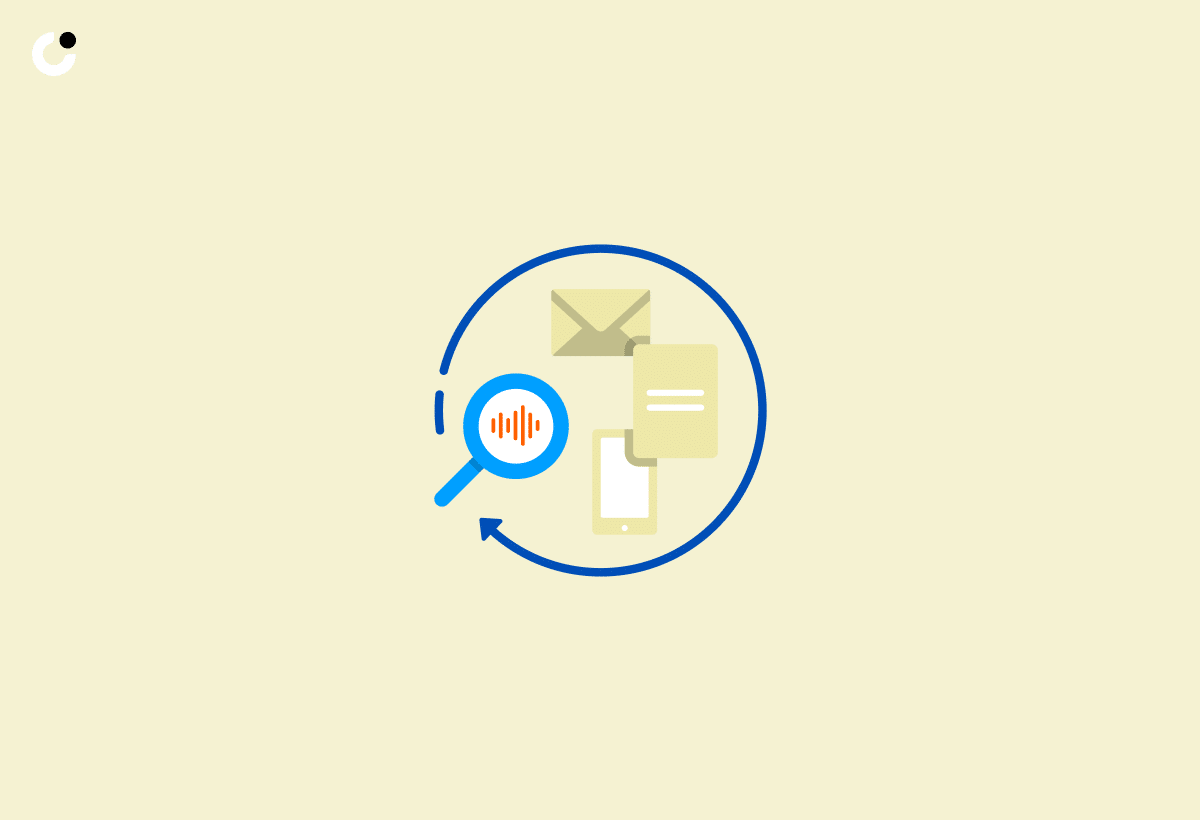
Achieving the right equilibrium between professionalism and personality in your sales follow-up emails is key to creating a positive impression on the recipient. Maintaining a courteous and respectful tone while avoiding being overly aggressive or informal demonstrates that you value their time and business.
Let’s explore how to balance professionalism with personality and express urgency without applying pressure at a networking event.
Balancing Professionalism with Personality
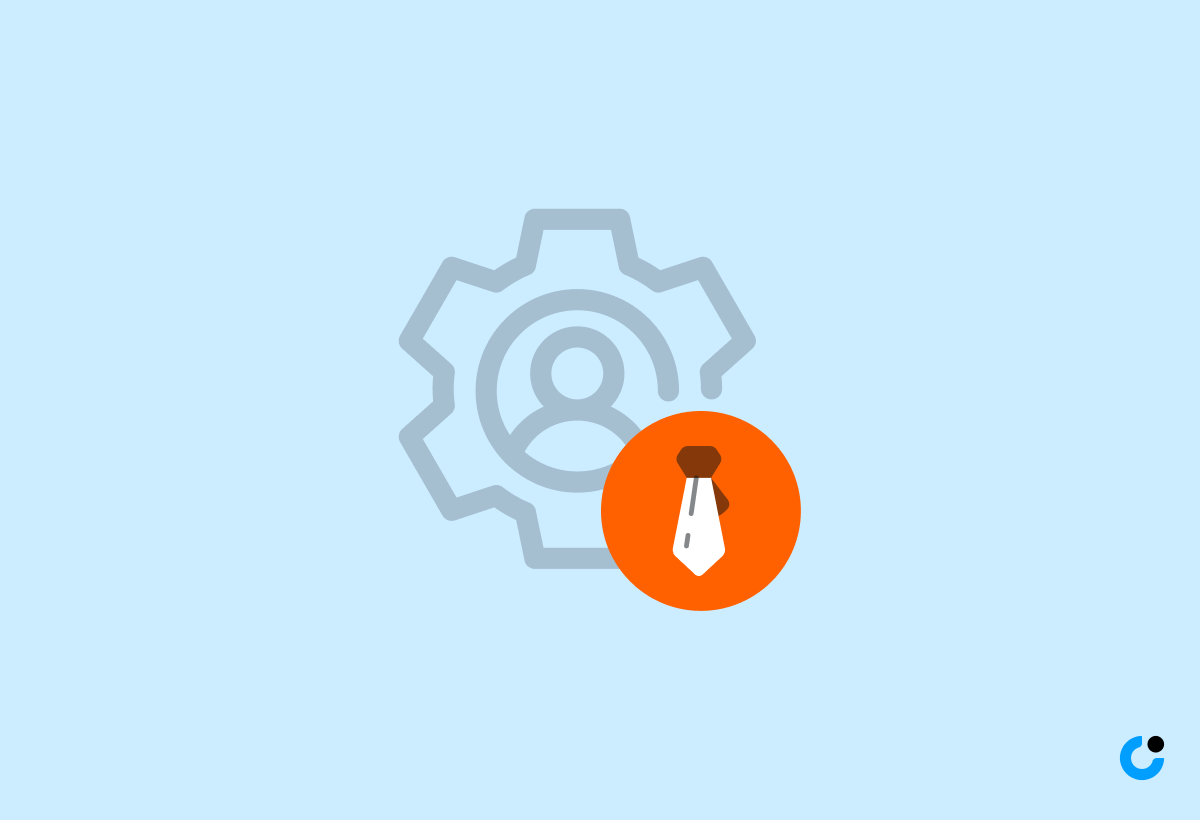
Preserving a professional tone, while simultaneously displaying your distinct personality, is central to establishing a connection with your prospects. By being courteous and respectful, yet friendly and personable, you can create an approachable, engaging email that resonates with your recipients.
Take the time to research the company’s culture and values, and use language that is appropriate for the company’s culture.
Expressing Urgency Without Pressure
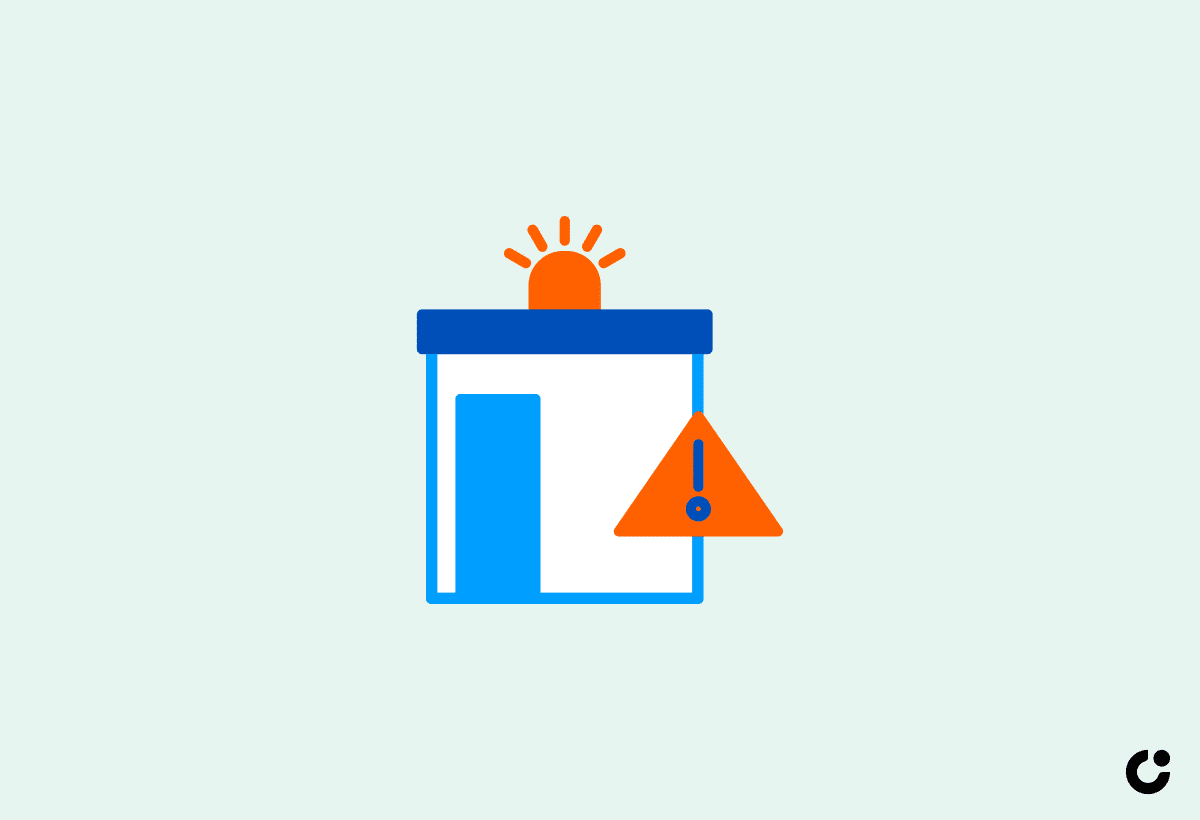
Communicating urgency without seeming forceful or belligerent is necessary to keep prospects engaged without repelling them. To express urgency without pressure, focus on providing value and addressing the prospect’s pain points in a timely manner. By doing so, you demonstrate that you understand their needs and are genuinely interested in helping them find a solution.
Reiterating Value in Your Follow Up Sales Emails

Restating the value of your product or service in your follow-up emails is necessary for reminding prospects of the advantages they stand to gain from partnering with you. By highlighting key points from your initial contact and positioning your solution to address their pain points, you can effectively engage your prospects and keep them interested in your offering.
Highlighting Key Points from the Initial Contact
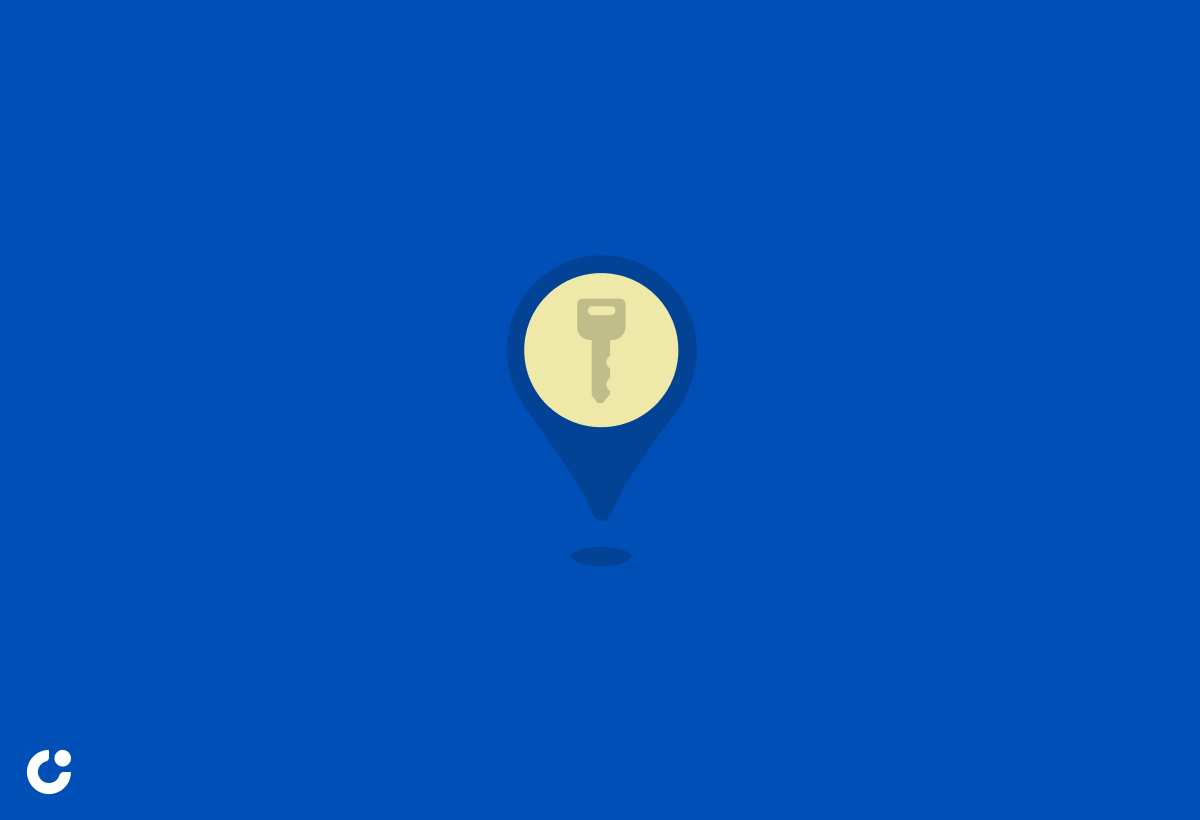
Emphasizing a few points from your initial conversation can reinforce your message and remind prospects of the value you discussed during the great meeting. By focusing on a few key areas, such as the most critical information and addressing any concerns or objections, you can keep the conversation progressing and maximize the likelihood of a positive response or conversion.
Positioning Your Solution to Address Their Pain Points
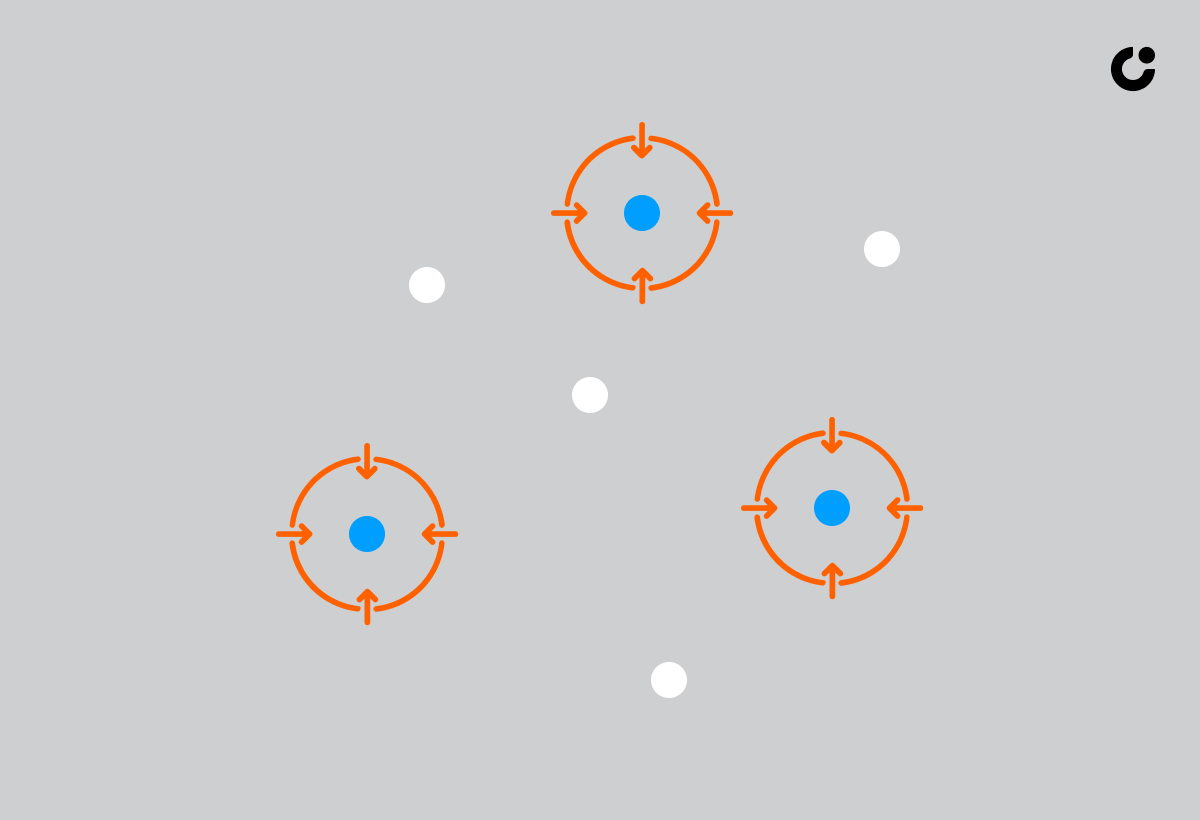
Framing your solution as the resolution to your prospect’s challenges is imperative for securing engagement and persuasion. Here are some tips to help you do that:
- Demonstrate how your product or service can help address their specific challenges.
- Show how your solution can save them time, money, or resources.
- Explain how your product or service can help them achieve their objectives.
- Provide concrete examples and evidence to support your claims.
- Make sure your solution is tailored to their unique needs.
By following these tips, you can effectively frame your solution and increase your chances of securing engagement and persuasion.
Building Momentum Towards the Next Step

Directing your prospect towards the subsequent stage in the sales process is necessary to maintain momentum. By proposing clear next steps and offering convenient options to connect, you can make it easy for your prospect to take action and move forward with your product or service.
Proposing Clear Next Steps
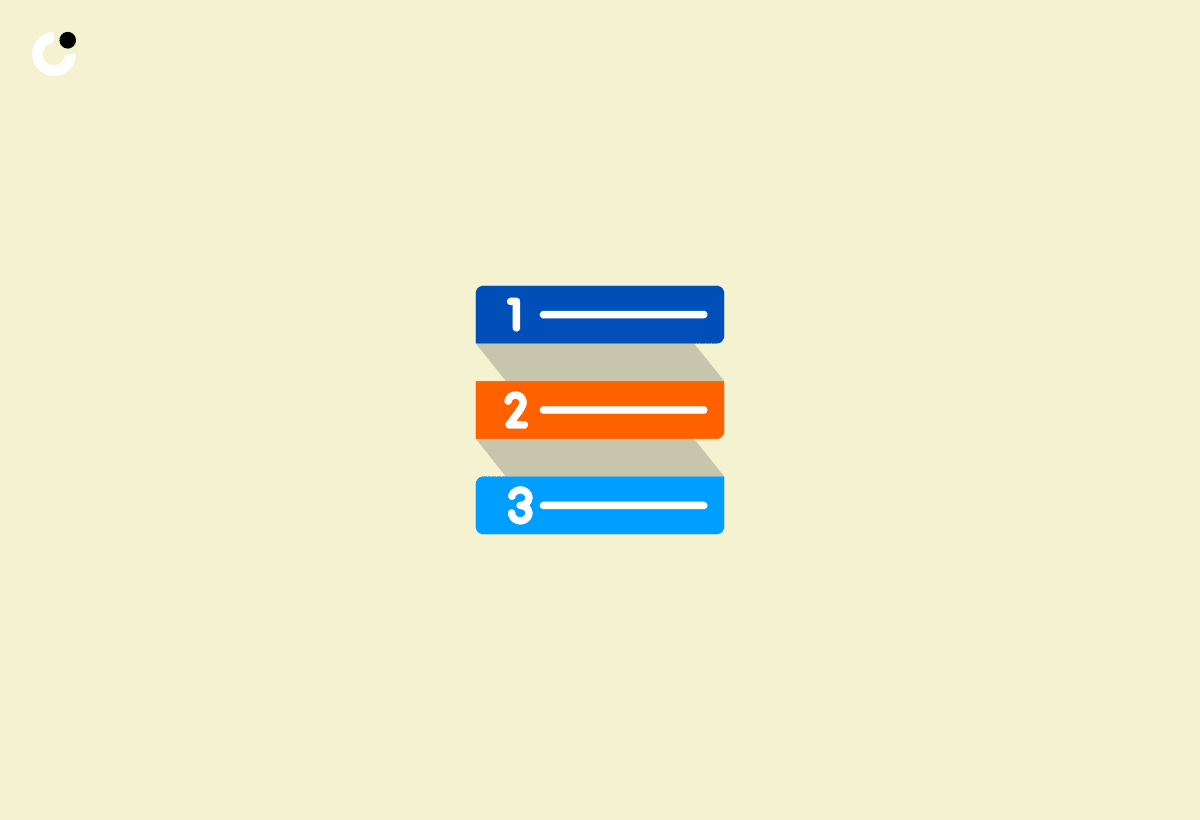
Providing clear and actionable next steps in your follow-up emails is essential for guiding your prospect towards the desired outcome. Whether you’re requesting a meeting, proposing a product demonstration, or asking for feedback, make sure your call-to-action is easy to understand and encourages the recipient to take action.
Offering Convenient Options to Connect
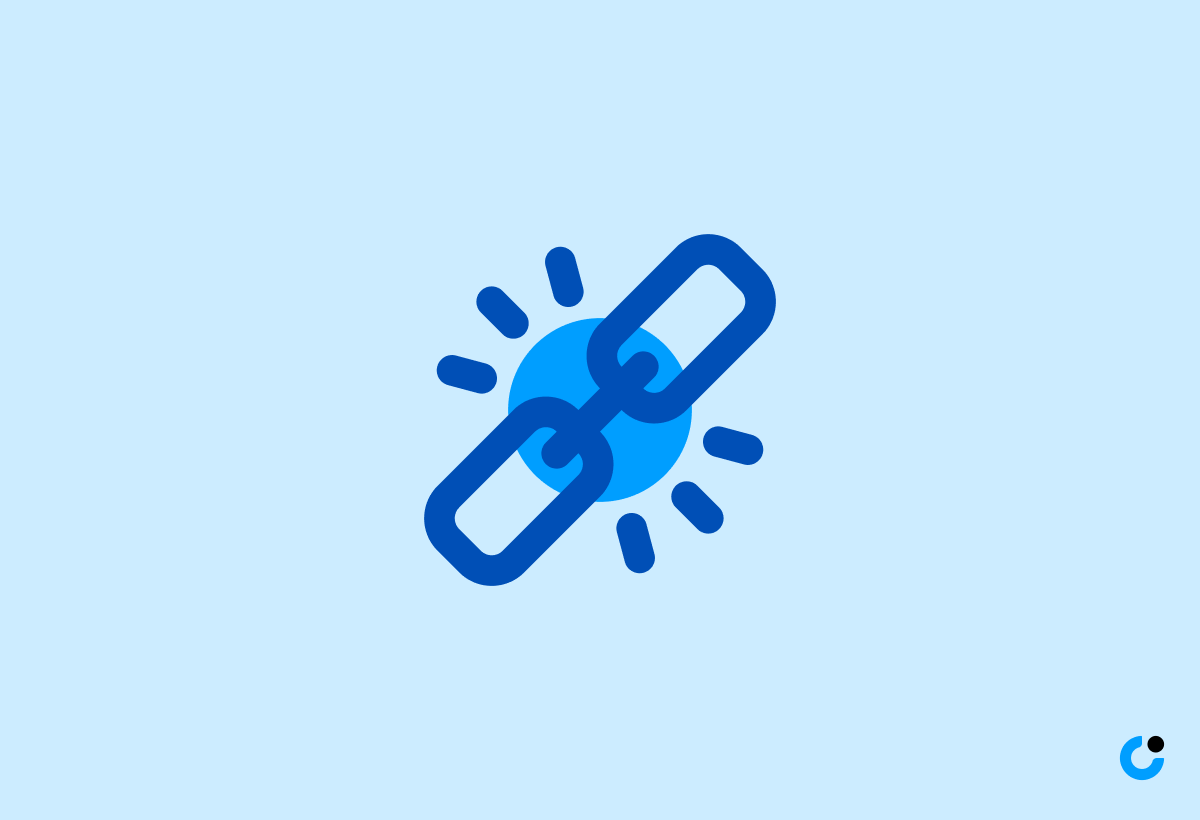
Making it easy for your prospect to connect with you is vital for building rapport and moving the sales process forward. Provide multiple options to connect, such as:
- Phone call
- Video call
- In-person meeting
By offering convenient options, you increase the likelihood of your prospect taking the next step in the sales process.
Leveraging Social Proof and Case Studies
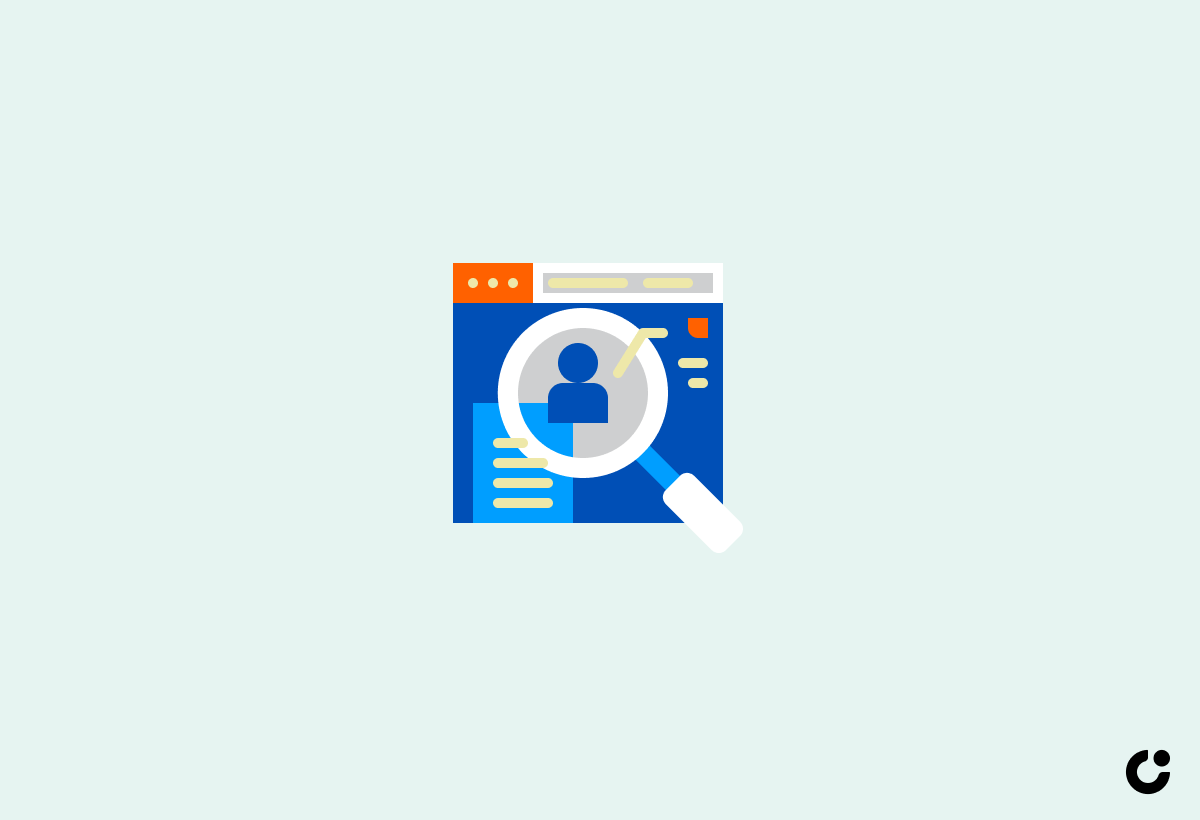
Utilizing social proof and case studies in your follow-up emails can strengthen your message and increase credibility with your prospects. By showcasing testimonials, success stories, and industry-specific case studies, you can foster trust and demonstrate the value of your solution.
Incorporating Testimonials and Success Stories

Including testimonials and success stories in your follow-up emails can help build trust and credibility with potential customers. Demonstrating that other customers have had positive experiences with your product or service can help alleviate any objections or concerns your prospect may have, increasing the likelihood of engagement and conversion.
Tailoring Case Studies to the Prospect's Industry
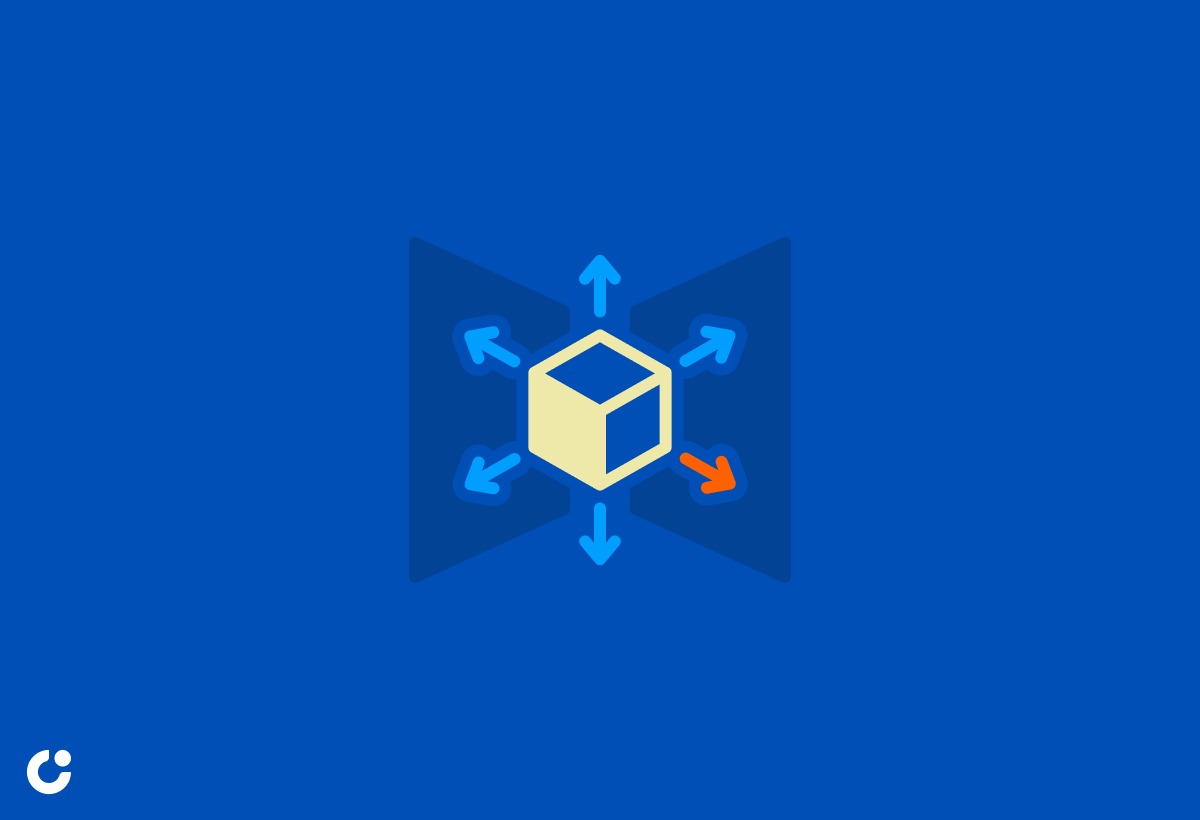
Customizing case studies to match your prospect’s industry makes them more relevant and persuasive. By showcasing how your solution has helped similar businesses overcome their challenges, you can build trust and demonstrate the value of your product or service.
Personalizing Your Follow-Up Approach

Individualization is central to crafting effective follow-up emails that strike a chord with your prospects. By addressing the recipient’s name and job function, and referencing past interactions, you can craft a follow-up email that feels tailored to their unique needs and preferences.
Using the Recipient's Name and Job Function

Incorporating the recipient’s name and job function in your follow-up emails adds a personal touch and demonstrates that you’ve taken the time to understand their role and requirements. This helps create a connection and build trust with your prospects, making them more likely to engage with your message.
Referencing Past Interactions and Conversations
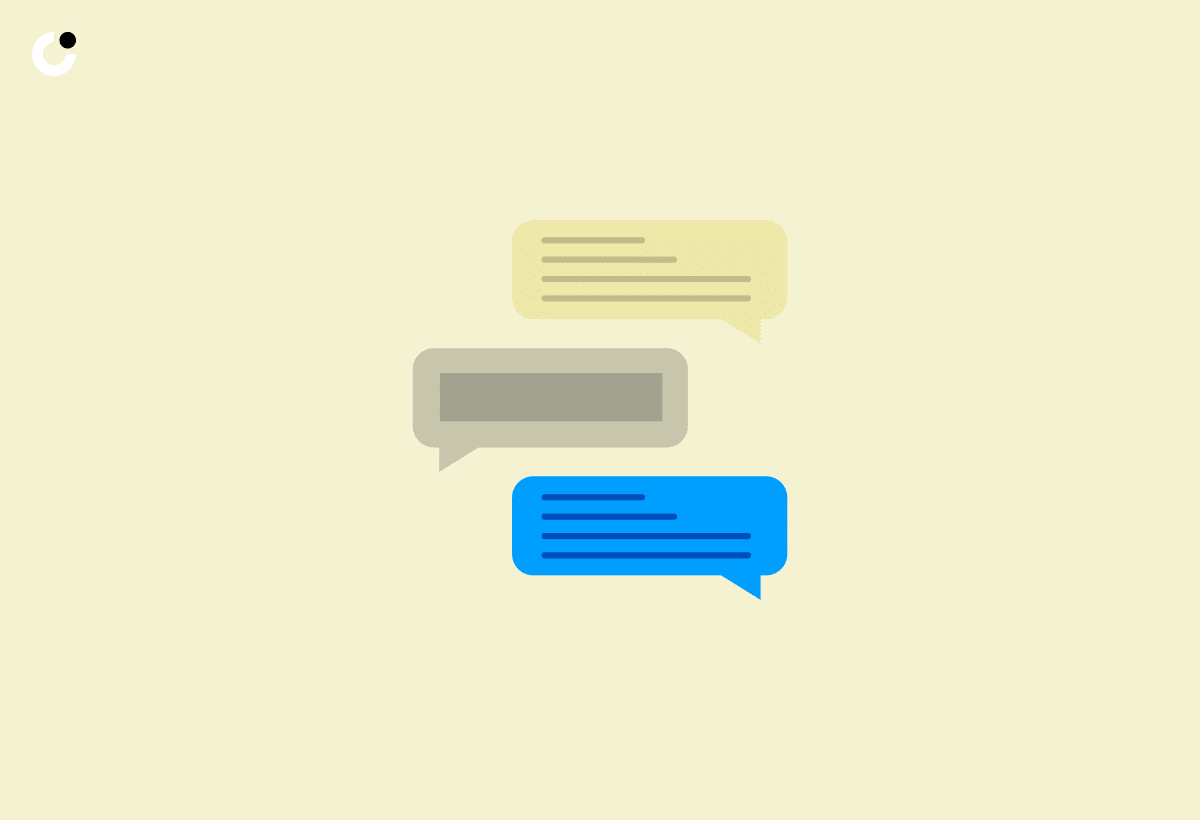
Referencing past interactions and conversations in your follow-up email can help jog the recipient’s memory and create a sense of familiarity. By demonstrating that you remember and value the interaction, you can create a more personalized and engaging email that resonates with your prospect.
When to Send a Second Follow-Up Email
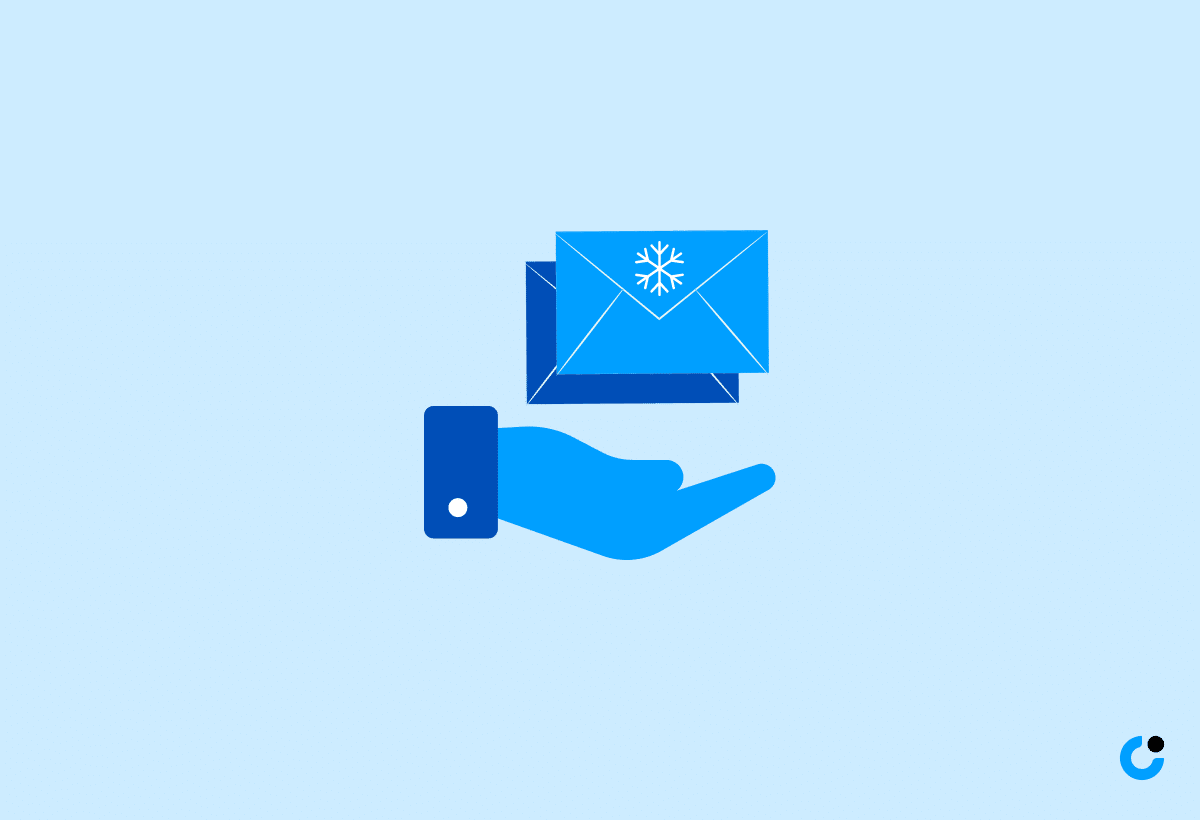
Deciding on the right timing for a second follow-up email is key to preserving a professional relationship with your prospect. By recognizing signs of lost interest and employing gentle reminder strategies, you can effectively re-engage your prospect without coming across as pushy or aggressive.
Recognizing Signs of Lost Interest
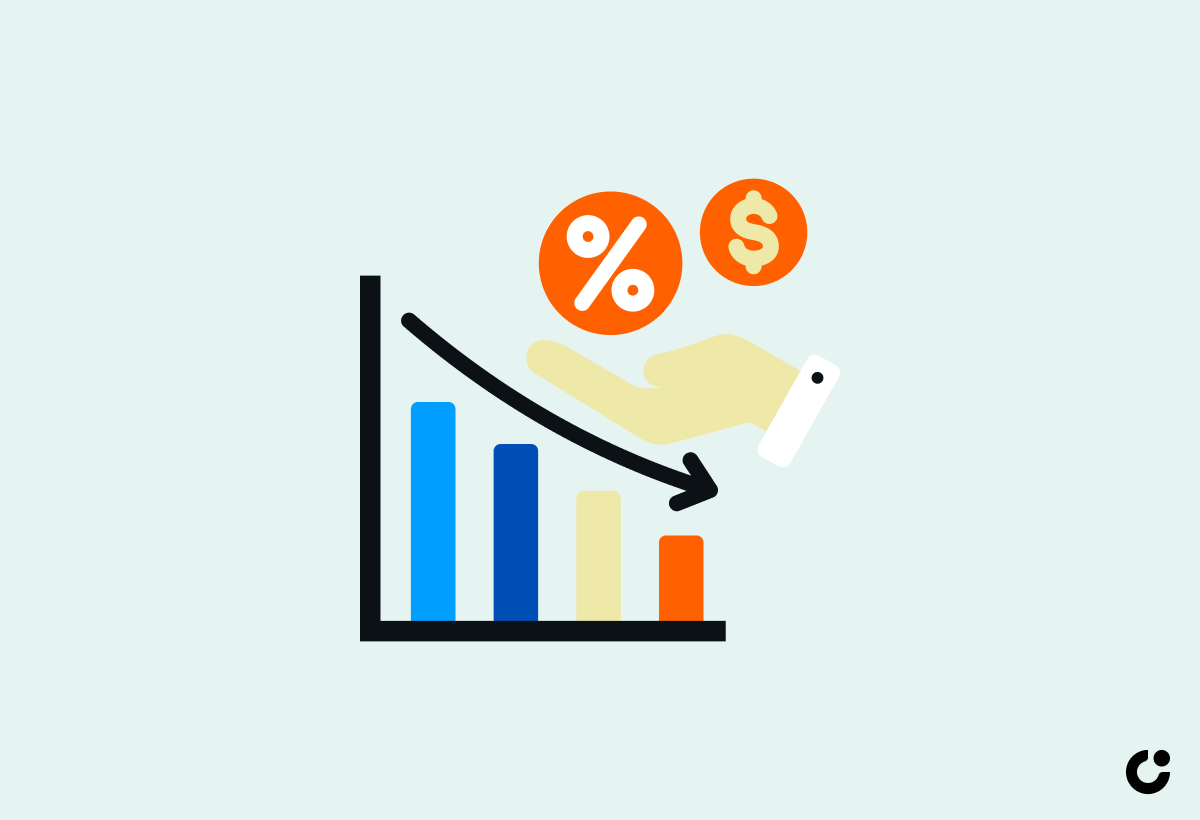
It’s important to identify when a prospect has lost interest and when it’s time to send a second follow-up email. By acknowledging waning interest and addressing any concerns that may have caused disengagement, you can potentially re-engage the prospect and continue the sales process.
Strategies for a Gentle Reminder
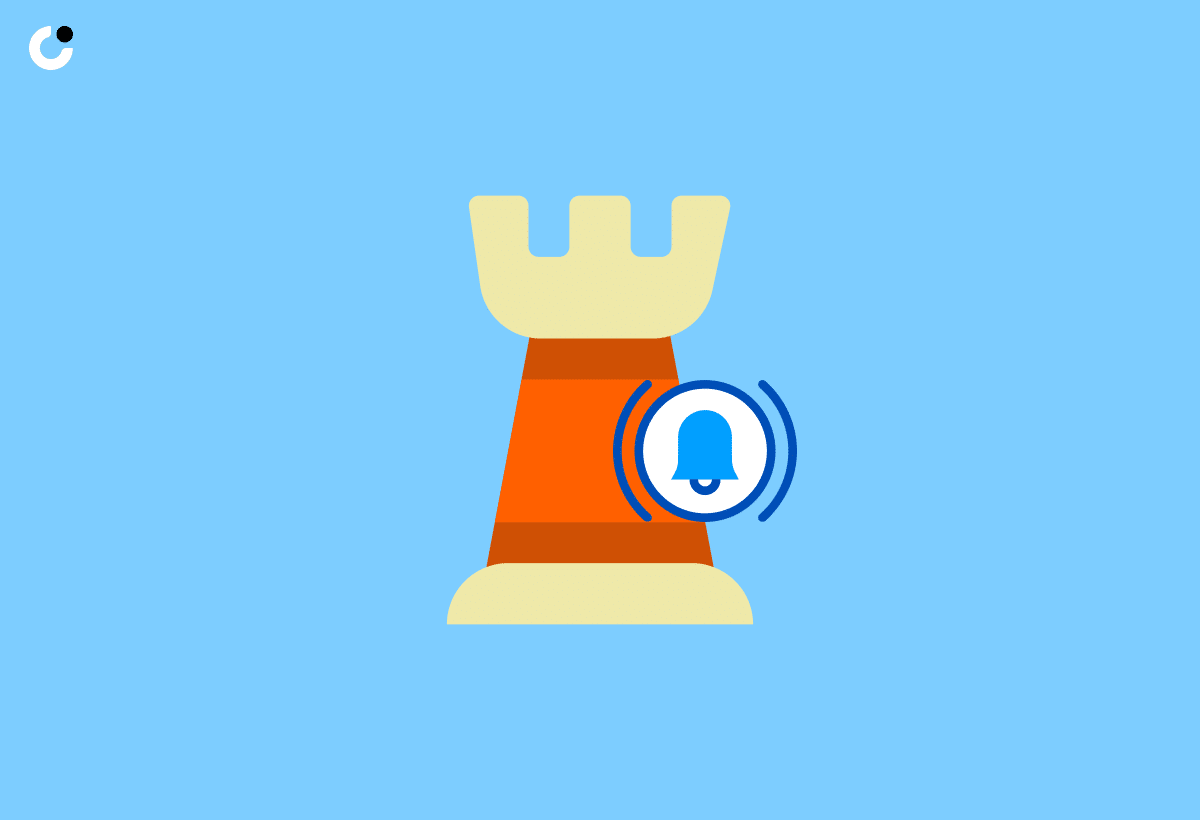
In your second polite follow up email, employ gentle reminder strategies to nudge your prospects without coming across as pushy. Be brief, polite, and professional, and mention your name and the purpose of your initial message to maintain a positive tone. Using a well-crafted follow up email template can help you achieve this.
Integrating Follow-Up Emails into Your Sales Cycle

Integrating follow-up emails into your sales cycle is necessary for developing a unified sales strategy. By aligning your follow-up messages with your sales goals and adapting your approach to different stages of the sales process, you can effectively guide your prospects through the sales funnel and achieve better results.
Aligning Follow-Up Messages with Sales Goals

Aligning your sales follow up email with your sales goals ensures that your messaging is consistent and supports your overall objectives. By crafting targeted follow-up emails that address the specific needs and interests of your prospects, you can increase the likelihood of achieving your sales goals.
Adapting to Different Stages of the Sales Process
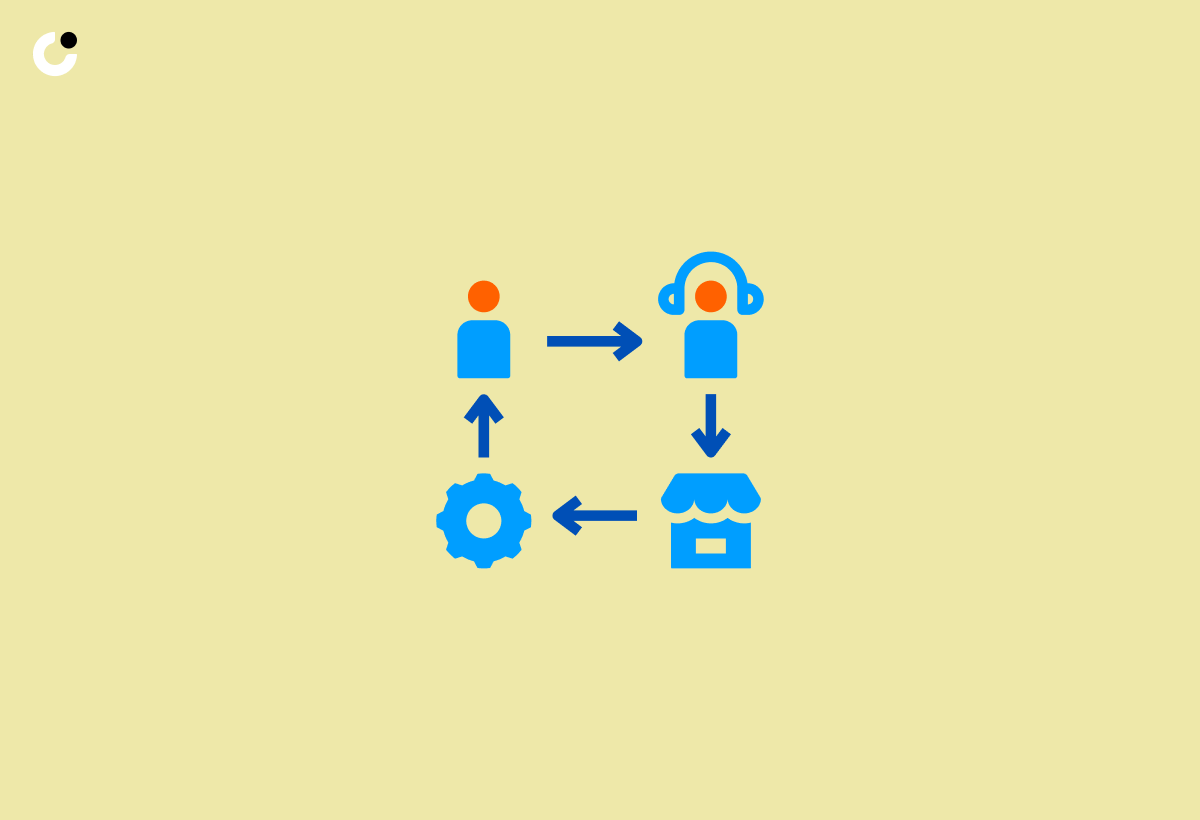
Tailoring your follow-up emails to different stages of the sales process allows you to provide the most relevant and persuasive messaging for each stage. By adjusting your approach based on the prospect’s current position in the sales funnel, you can effectively guide them towards the desired outcome.
Summary
In conclusion, crafting effective follow-up emails after leaving a voicemail plays a crucial role in maximizing engagement and response rates. By implementing expert strategies such as personalization, social proof, and clear calls to action, you can create compelling follow-up emails that resonate with your prospects and drive them towards the next step in the sales process. It’s time to elevate your follow-up game and achieve greater sales success.
Frequently Asked Questions
When is the best time to send a follow-up email after leaving a voicemail?
Wait 2-3 days after leaving the voicemail before sending a follow-up email, so as to give the prospect enough time to receive and process your message.
How can I create a compelling subject line for my follow-up email?
Create compelling subject lines that evoke curiosity and emphasize the purpose of your email, such as "Let's chat!" or "What can we achieve together?". Keep it brief and professional, and make sure to include a clear conclusion in the first sentence.
What are some strategies for maintaining a professional tone while still showcasing my personality in follow-up emails?
Be courteous and respectful, yet friendly and personable to maintain a professional tone. Research the company's culture and values and use appropriate language that reflects this.
How can I address my prospect's pain points in my follow-up email?
Show your prospect how your product or service can directly help to solve their pain points, potentially saving them time, money, and resources. Back up your claims with concrete evidence and examples.
When should I send a second follow-up email if I haven't received a response?
Wait 3-5 business days before sending a second follow-up email to give the prospect enough time to respond.

